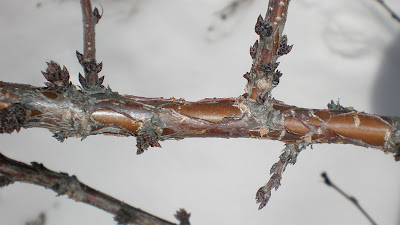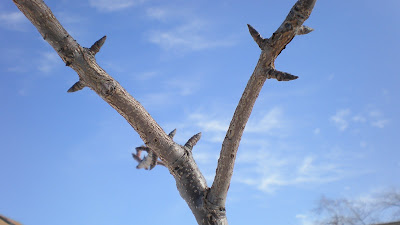Chicago and Water,It Defines The City

Retreating over 10,000 years ago ice sculpted the land of Chicago during the last glacial period. A continental divide perched at the cities edge flows the watershed either toward
Lake Michigan(One of the five large connecting North American Great Lakes) and ultimately the Atlantic ocean to the east or the Mississippi river west and then on to the gulf coast to the south. A natural waterway central that helped Chicago become the transportation hub that it is today.
Digging canals to connect the larger bodies of water, reversing the flow of the Chicago river to draw sewage away from Lake Michigan and building the locks to control the amount of water leaving Lake Michigan ,even raising the city street level above the marsh like condition of the surrounding land and later with the
Deep Tunnel Works for storm water control,our history revolves around how we direct and utilize the watersways of Chicago.
Portage
Illinois_and_Michigan_Canal
The prairie and savannas of the midwest were lure to farmers looking for land.The waterways gave them a way to move all they produced.Soon the Chicago Board of Trade was commisioned, originally a not for profit group comprised of the business men themselves. Today four hundred million bushels of grain flow from producer to consumer annually.
The Futures markets here in Chicago are for wheat, corn, oats, rye, barley, provisions, and stocks and bonds. The cotton and securities markets have been added recently. The Chicago Board of Trade's biggest money market have been soybeans and soybean oil, corn, wheat, and silver.
The Stock yards and slaughter houses processed all the animals farmers brought to market.
Stockyard History
Then the industrial revolution brought the steel mills and factories.
http://www.chicagosteel.org/
The railroad took over, no longer needing the waterways but following the business and millions of people already in place.
And today O'Hare International airport keeps travelers moving...weather permitting...
the tourist abound.
Places to see...
29_Chicago_beaches
Chicago Board of Trade/The Mercantile Exchange
Some History
Chicago_Mercantile_Exchange
Midewin National Tallgrass Prairie
Other Prairie spaces to explore
Canal Corridor Driving Tour
Miles of trails ,parks, nature centers.
Explore Wetlands
Calumet Open Space Reserve
The Calumet area wetlands were once one of the largest and most diverse natural wetland complexes in lower North America. Now, approximately 4,800 acres will be managed as the Calumet Open Space Reserve.
The City of Chicago has acquired the 117-acre Van Vlissingen Prairie, two-thirds of the 195-acre Indian Ridge Marsh complex, and is in the process of acquiring 460 acres at Hegewisch and Big Marsh.
READ
A Natural History of the Chicago Region by Joel Greenberg
excerpt...
In A Natural History of the Chicago Region, Joel Greenberg takes readers on a journey that begins in 1673 with Father Jacques Marquette and Louis Joliet—the first Europeans known to have visited the Chicago region—and that we're still on today. This is a fascinating story, told with humor and passion, of forests battling prairies for dominance; of grasslands plowed, wetlands drained, and species driven to extinction in the settlement of the Midwest; and of caring conservationists fighting to preserve and restore the native plants and animals. Intermingling historical anecdotes and episodes straight from the words of early settlers and naturalists with current scientific information, Greenberg places the natural history of the region in a human context, showing how it affects our everyday existence in even the most urbanized landscape of Chicago.
Jodi at Bloomingwriter has a list of all those contributing to the Garden Blogger Geography Project.











